By Alex Trukan
Full back’s position has evolved and is now one of the crucial positions involved in creating chances on the opposition half. Over the last years, we’ve seen many full backs converted into or playing on other positions including centre midfielder, defensive midfielder or winger. That only confirms that full back has become multi skilful and versatile player, which is able to cope with various roles and responsibilities. The benefits of using a full back in attacking play are huge. It might involve inverted full backs playing in central areas and becoming additional playmaker, it might also mean playing full backs in a wingers’ space, what gives traditional winger a licence to join central areas and become a striker or midfielder, it might be also based on using full back as a key player in building up from the back, what will enable one of the centre backs play on a midfielder’s position.
Providing width
Traditional starting position of the full backs when centre backs are in possession is as wide as possible, stretching the pitch horizontally. That creates space for the central midfielders who now have wider gaps to play in as well as gives additional support for centre backs who are in possession, who now can be used to switch play and shift the opposition. It is also a good platform to make a run inside or into wide areas.
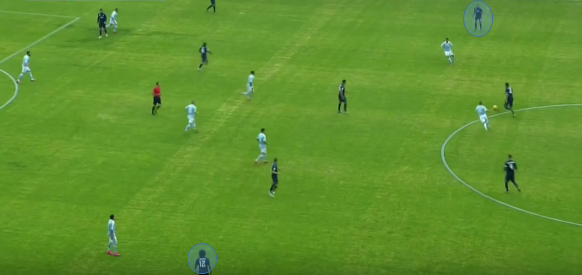
By staying wide, the team might be also able to switch play directly, using diagonal ball and by doing that, create space for the player on the ball. In order to do that, the ball must be first played into the ‘strong side’ (where opposition is), to be then switched onto opposite space (timing of the full back’s forward run is crucial).
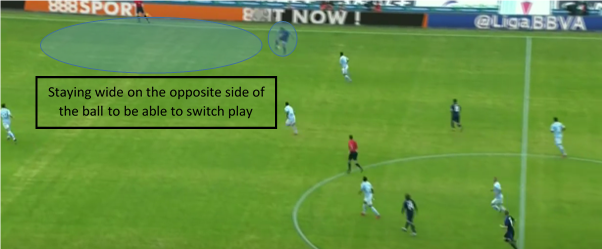
Being a playmaker
Full back has become a new play maker in modern football. For example, in Bayern Munich, full backs often play in central positions and support traditional midfielders in creating chances and progressing forwards. That can be achieved by full back getting on the ball wide and then driving inside or starting inside and receiving the ball in central areas. Support from other players in front of the ball is crucial to create as many options as possible.
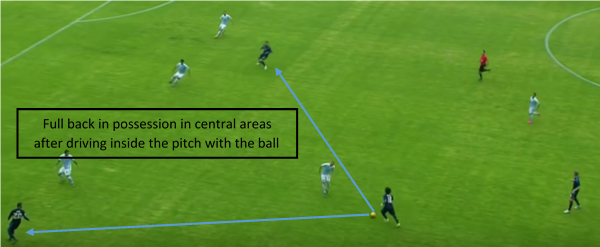
As we can see below, full back’s starting position is already in the central area, in line with winger and strikers. That causes additional problem for the opposition midfielders which can be overloaded by additional player. Whether full back gets involved in play making, will depend on his technical as well as game intelligence capabilities.
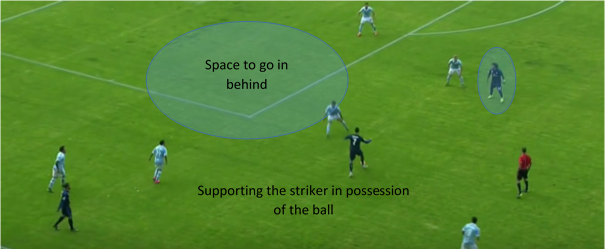
Forward runs without the ball
Making forward runs to support attacking players is one of the primary responsibilities of full back’s position. If the run is well timed and made into available space, it doesn’t give enough time for the opposition to adjust and deal with that situational overload. Forward runs can both mean receiving the ball and trying to finish with an end product as well as creating space for other players.
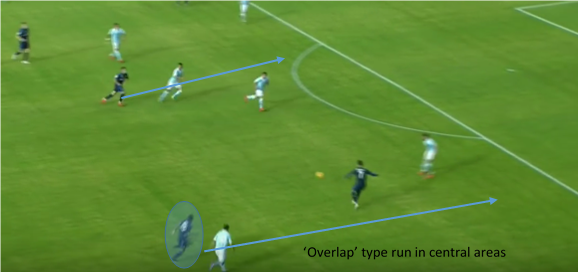
What becomes increasingly popular is that both of the full backs make forward runs and get involved in attack. That creates huge attacking potential but is only possible if appropriate defensive support is provided by central midfielders and centre backs. Below we can see a situation after which, Real Madrid’s right back scored a goal in a positional attack.
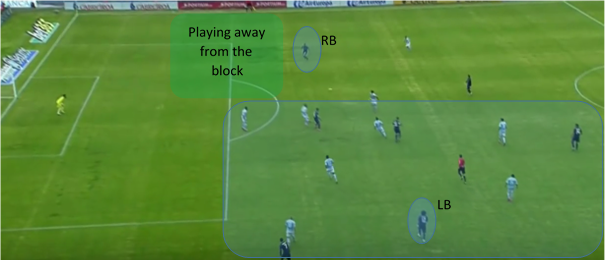
Runs to create space on the wings
Another type of run might be made from the wide areas into central spaces. This type of run is traditionally made by the winger to open up spaces for the overlap but also full back can make that type of a movement to create space for overlapping central midfielder or striker attacking from deep areas. That is more unorthodox and can create not only overload in the penalty box but also help out in producing a cross or forward pass.
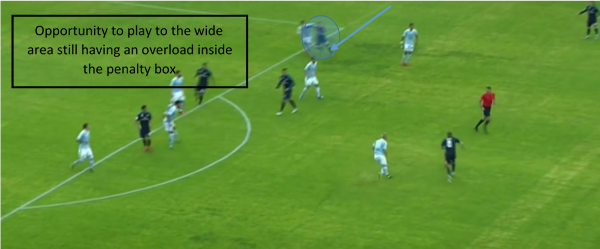
More conventional type of movement made by a full back on the wings is underlap, both with and without the ball. This doesn’t necessarily mean using other players around the ball, but can also involve creating 1v1 situation for the full back to go on his own. In order to isolate defender pressurising the full back, it is important that both striker in central areas as well as winger playing wide make movements away from the ball, and stay as wide as possible (being able to support short if needed).
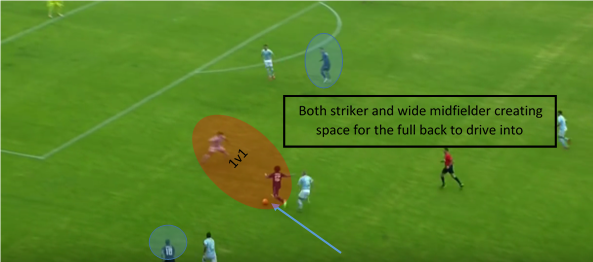
Producing crosses into the penalty box
This is probably the most traditional attacking role of the full back. However, there are couple of details that make it not as traditional as it may seem. First of all, crosses from deep areas, around the end line make it easier to take the goalkeeper out from the game. Secondly, creating overloads inside the penalty box, especially after a switch of play and dragging as many defenders as possible to pressurise full back might create better chance of scoring. And finally, using wide areas to then transfer the ball into areas in front of the box, where the space is (if opposition defending deep) rather than inside the box, might be useful in creating a shooting opportunity.
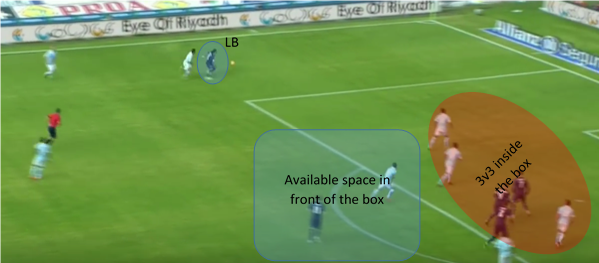
With many teams being well organised and structured there is not a lot of room for different ways to break them and create chances in a traditional way. Therefore, as coaches, we should invent new and creative ways on how different positions might be used to create advantage, both in and out of possession.
By Alex Trukan, Development Coach, Nottingham Forest
@AlexTrukan


